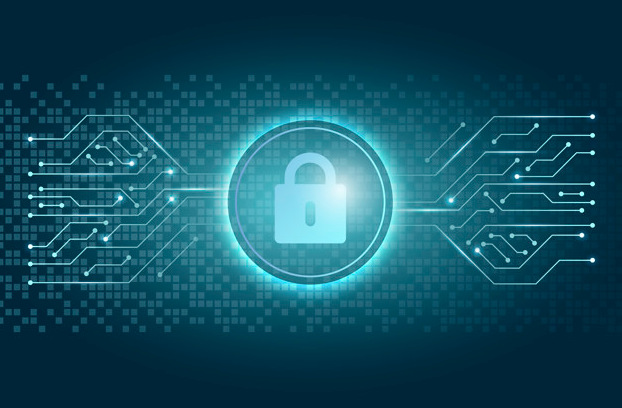Understanding Encryption: A Guide to Keeping Your Data Safe in the Digital World

Understanding Encryption: A Guide to Keeping Your Data Safe in the Digital World
Understanding Encryption

In today’s digital age, the amount of sensitive information that we store and transmit electronically is growing at an astonishing rate. This includes personal information such as social security numbers, financial data, and medical records, as well as confidential business information and government secrets. With so much sensitive information being shared electronically, it’s crucial to ensure that it is protected from unauthorized access and theft. This is where encryption comes in.
Encryption is the process of converting plaintext (i.e., readable data) into cipher text (i.e., unreadable data) using a mathematical algorithm. The cipher text can only be converted back into plaintext using a secret key. This key is known only to authorized individuals and is used to decrypt the data. By encrypting sensitive information, we can ensure that it is kept confidential and secure, even if it is intercepted by unauthorized parties.
There are many different types of encryption, but some of the most commonly used include symmetric encryption, asymmetric encryption, hashing, steganography, AES, and RSA. Each of these encryption techniques has its own unique security mechanisms that make it more difficult for unauthorized parties to decrypt the data.
Symmetric encryption, also known as secret key encryption, uses a single secret key to both encrypt and decrypt the data. This key must be kept secret from unauthorized individuals and is used by authorized parties to decrypt the data. Examples of symmetric encryption algorithms include AES, DES, and Blowfish.
Asymmetric encryption, also known as public key encryption, uses a pair of keys, one for encryption and one for decryption. One key, known as the public key, is shared with others and used to encrypt the data. The other key, known as the private key, is kept secret and used to decrypt the data. Examples of asymmetric encryption algorithms include RSA, ECC, and DSA.
Hashing is a one-way function that converts an input (or ‘message’) into a fixed-size string of characters, which is typically a ‘digest’ that is unique to the specific input. The security of hashing relies on the properties of the hash function, such as the avalanche effect, which ensures that even a small change in the input results in a vastly different output. Examples of hash functions include MD5, SHA-1, and SHA-256.
Steganography is the practice of hiding one piece of information within another in such a way that someone cannot know the existence of the hidden information. Security in steganography relies on the fact that the hidden information is difficult to detect and extract.
AES (Advanced Encryption Standard) is a symmetric encryption algorithm that is widely used to secure sensitive information. It encrypts 128-bit blocks of data at a time, using key sizes of 128, 192, or 256 bits. AES encryption is considered to be very secure and is used in many government and industry applications.
RSA is an asymmetric encryption algorithm that is widely used for secure data transmission. It is a public key encryption system that uses two keys: a public key for encryption and a private key for decryption. RSA is considered to be very secure, but it is relatively slow compared to symmetric encryption algorithms.
Encryption techniques are applied in many different areas to protect sensitive information and ensure secure communication. Some examples include internet and network security, cloud security, mobile security, database security, file, and disk encryption, virtual private networks (VPNs), secure communications, and Internet of Things (IoT) security.
In conclusion, encryption is an essential tool for keeping sensitive information secure in the digital age. By using encryption techniques, we can ensure that sensitive information is protected from unauthorized access and theft. However, it’s important to remember that encryption is just one aspect of a comprehensive security strategy. It should be combined with other security measures such as access controls, firewalls, and threat detection and response mechanisms to provide a robust security posture.
As technology continues to evolve, so do the methods used by cybercriminals to gain access to sensitive information. It’s crucial to stay informed about the latest encryption methods and best practices for data security. By doing so, we can keep our information safe and protect ourselves from the many cyber threats that exist today.
In summary, encryption is a powerful tool for protecting sensitive information in the digital age. It provides a way to keep our information confidential and secure, even when it is transmitted over networks or stored in the cloud. By using encryption techniques and staying informed about the latest security best practices, we can protect ourselves from the many cyber threats that exist today.
Understanding Encryption
#Understanding Encryption



